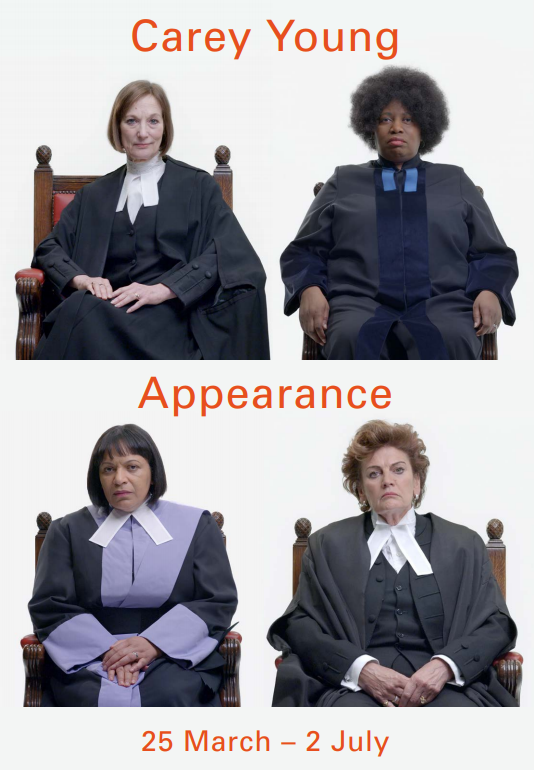This great film defies one’s expectations. First, it is a police detective story that announces at the beginning that in France, 20% of murder cases are not solved. This film is based on one of those cases. In other words, the case you are watching is not going to be solved.
But this is what makes this a movie that completely involves you because it is about the interactions between the CID team itself and the interviewees.
The case is set in a town near Grenoble amid wonderful mountain scenery. A young woman, Clara, is brutally murdered on her way home from her best friend Stephanie’s house.
I have watched many detective series and films where it is now necessary to show the lead detectives’ personal stories in total collapse (even Death in Paradise had it), but none show this affecting the case. Similarly, detectives misogyny is not particularly highlighted, although this is sometimes allowed to show how they approach the victims.
In this film, the team is really determined. It interviews all the suspects, neighbours, etc., and it gradually shows that Clara had several boyfriends, including some ‘bad boys’.
Stephanie, who knows her the best, conceals some of them. This leads to a heart-stopping scene where the young chief of the team challenges her for not telling him about all of them. She says it is not about her; she is the victim. Whatever she did with her life, I will tell you why she was murdered: because she was a young girl.
As Yohan is discussing with his team, he sees clearly that several have formed opinions about her lifestyle.
You also see the fact that the team is all affected by their own lives; the older detective’s wife is divorcing him, and he turns violent with one of the lovers, who is a bully. He then retires from the police force.
The case is unresolved, but later a new female prosecutor calls him to reopen it. Without the older detective, but with a new woman detective On stakeout, he discusses the situation with her; she says to him, “Have you noticed that the vast majority of crimes are committed by men, and the vast majority of people investigating are men?”
They still are not able to solve the murder, but the nature of the police force, even in its better elements, such as Johan, is exposed. As Yohan says to the woman prosecutor, “There is something wrong between women and men; you are telling me this as a woman prosecutor” .
One leaves the cinema thinking about all kinds of elements in the film.
The next day, I went to an exhibition in Modern Art Oxford by Carey Young, who is pioneering the use of the law as an artistic medium. (Carey Young, “Appearance,” 25 March–2 July)

In ‘The Palais de Justice, she shows the court with only women in it, and she has an exhibit with all women judges in the UK in it. Basically, it shows a justice system for women only.
This would no doubt be a huge improvement, but who writes the law? It is all about property, land, and capitalist rule.
The film is great, and the exhibition is really interesting.
Art Book Review Books Campism Capitalism China Climate Emergency Conservative Government Conservative Party COVID-19 Creeping Fascism Economics EcoSocialism Elections Europe Event Video Far-Right Fascism Film Film Review Fourth International France Gaza History Imperialism Israel Italy Keir Starmer Labour Party Long Read Marxism Marxist Theory Migrants Palestine pandemic Police Protest Russia Solidarity Statement Trade Unionism Trans*Mission Ukraine United States of America War

